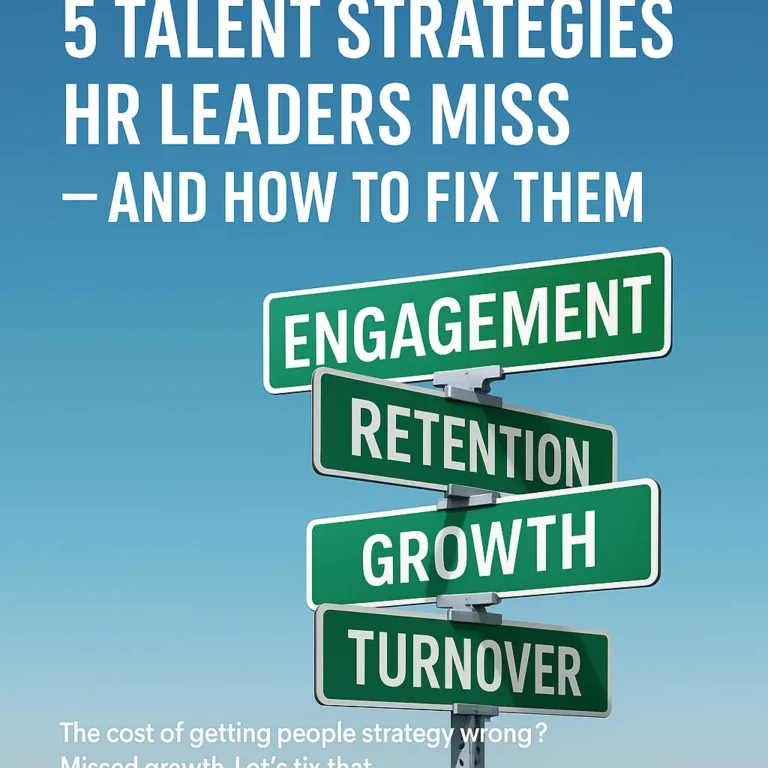Eliminate compensation guesswork!
Stop overpaying employees!
Reduce the risk of losing your top performers!
Picture Jocelyn, a seasoned HR professional. She was well-trained and had many years of experience in HR. She thought it was all coming together at her company. Turnover was non-existent, she had lines of applicants waiting to be hired, all was good until her supervisor, Hal, the company’s CFO walked into her office. “We have a problem” he said. “We are losing bids to our competitors and if we can’t get it turned around, layoffs will be in the near future.” Jocelyn was floored, the company had never had a layoff in its long and profitable history. Turns out, they were losing bids due to their high labor costs.
How smart is your company? Smart companies have up-to-date compensation plans that support their business objectives and ensure their long-term success. As a leader in your organization, it’s important that you can efficiently lead your company through either developing or updating its current compensation plan. With that in mind, here is a brief guide to compensation planning. Whether you are creating a formal compensation plan for the first time or updating an old one, the following series of checklists will help you through the process.
Step 1: Plan Ahead
- Get buy-in from company leadership. Include input from key players at your company.
- Complete your job descriptions. Make sure you have written job descriptions for every position in your organization.
- Develop your compensation philosophy. Consider your company’s organizational profile; i.e. are you a small start-up; a medium-sized, growing company; or a large, established entity.
Step 2: Perform Salary Benchmarking
- Select sources of salary market data. Published data, traditional surveys, Internet surveys, or Custom surveys can all work.
- Choose positions to benchmark. When selecting your benchmark jobs, start with those positions that are standard across different industries, such as HR generalist, accountant and administrative assistant. Next, choose industry-specific positions that are standard at your company compared to positions in other organizations within your industry.
Step 3: Establish Your Pay Grades and Salary Ranges
- Create pay grades. You’ll want to select a number of grades that allows you to appropriately distinguish between the different difficulty levels of the jobs.
- Calculate the midpoint of each salary range. The market midpoint is the median value of the aged, weighted market data for the position or positions.
- Determine salary range widths by position. Generally, the wider the salary ranges the more opportunity there is for employees to move up in salary.
- Calculating the minimum and maximum of each salary range. After you calculate the midpoint for the salary range you’ll be able to complete this final step.
Step 4: Complete Compensation Analytics
- Analyze employee pay. Once you have created formal salary ranges, you want to make sure that you compare your employees’ or incumbents’ pay against the typical salary range.
- Choose who to green or red circle. It may be necessary to bring any employee below the minimum of the salary range up to the range minimum, unless there are justifiable, business reasons why the person is below the minimum. Second, you may want to consider implementing a red-circle policy for freezing the salaries of those individuals who are over the top of the typical salary range, until the salary market catches up with them.
Step 5: Be Consistent and Schedule Regular Updates
Once you have established your formal compensation plan and are putting it into practice, consistent adherence to your documented pay practices and policies, as well as regular updating, is your best defense against charges of pay inequity from employees and outside agencies.
To cut HR costs and save significant time and money, you must maintain an effective compensation system that reflects real-time market rates and truly matches your organization and your employees. Be smart like Jocelyn, she called me to get the horsepower she needed to revamp her compensation system. Her company was paying nearly 20% over market rates for its workforce. I brought that back in line and made the organization completive bidders again. Layoffs averted!


